 Garlock is a unincorporated community in Kern County, California. It is located 6.25 miles east-southeast of Saltdale, at an elevation of 2169 feet. A post office operated at Garlock from 1896 to 1904 and from 1923 to 1926.
Garlock is a unincorporated community in Kern County, California. It is located 6.25 miles east-southeast of Saltdale, at an elevation of 2169 feet. A post office operated at Garlock from 1896 to 1904 and from 1923 to 1926.
To get there you need to take HY395 and turn right on the Garlock road or Redrock Randsburg road after Johannesburg. It is around 11-12 miles from Johannesburg. The trickiest part is not to miss this small ghost town if you are driving 65 mph - just blink once and you may never see it. So trust your GPS.
There is the landmark plate on the side of the road:
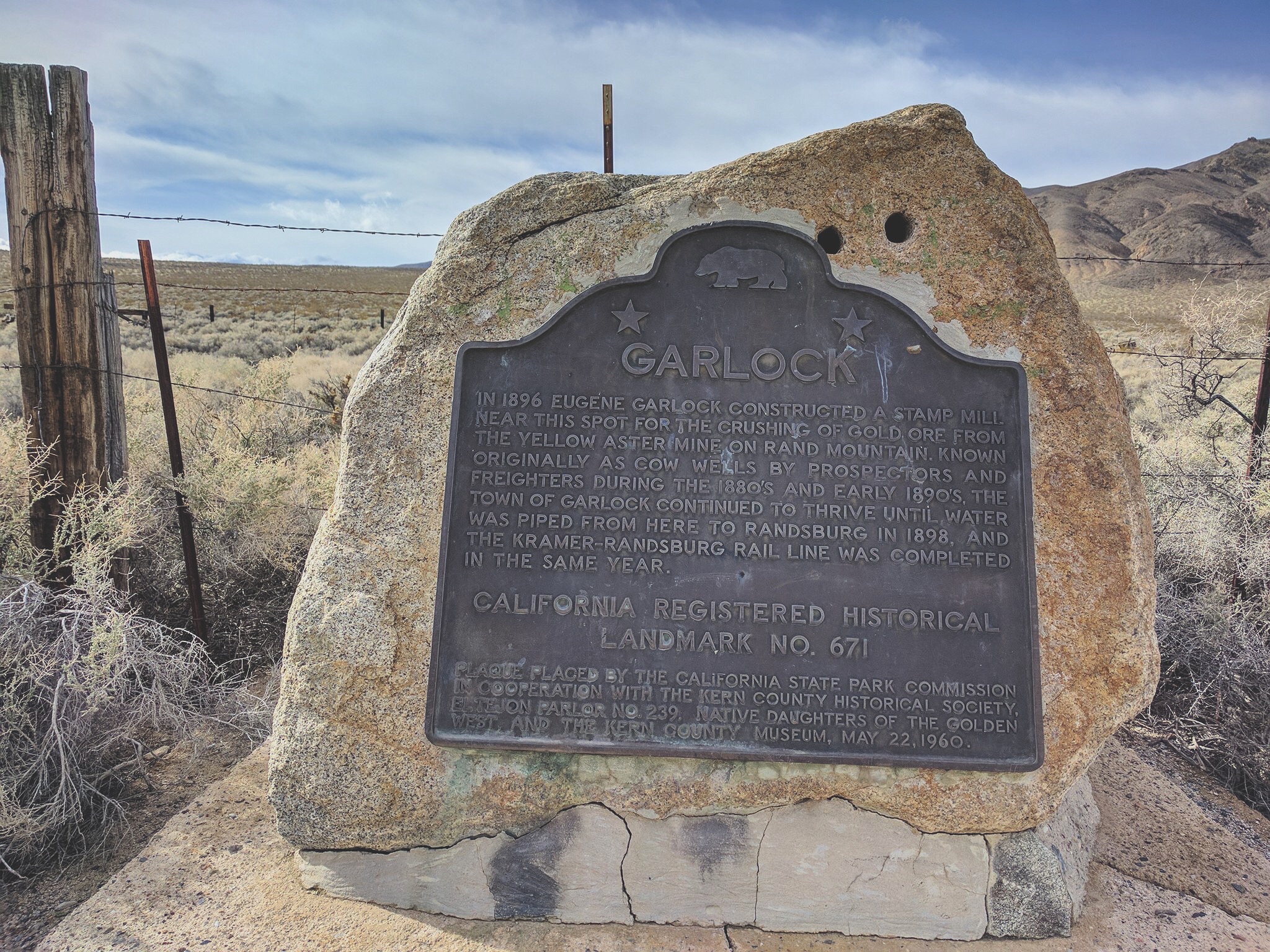
California Historical Landmark 671
In 1896, Eugene Garlock constructed a stamp mill near this spot to crush gold ore from the Yellow Aster Mine on Rand Mountain. Known originally as Cow Wells by prospectors and freighters during the 1880s and early 1890s, the town of Garlock continued to thrive until 1898, when water was piped from here to Randsburg and the Kramer-Randsburg rail line was completed.
There are several houses remained from the old town. It is really great how the weather here preserves old buildings made from wood, clay and some other not very time resistant materials.
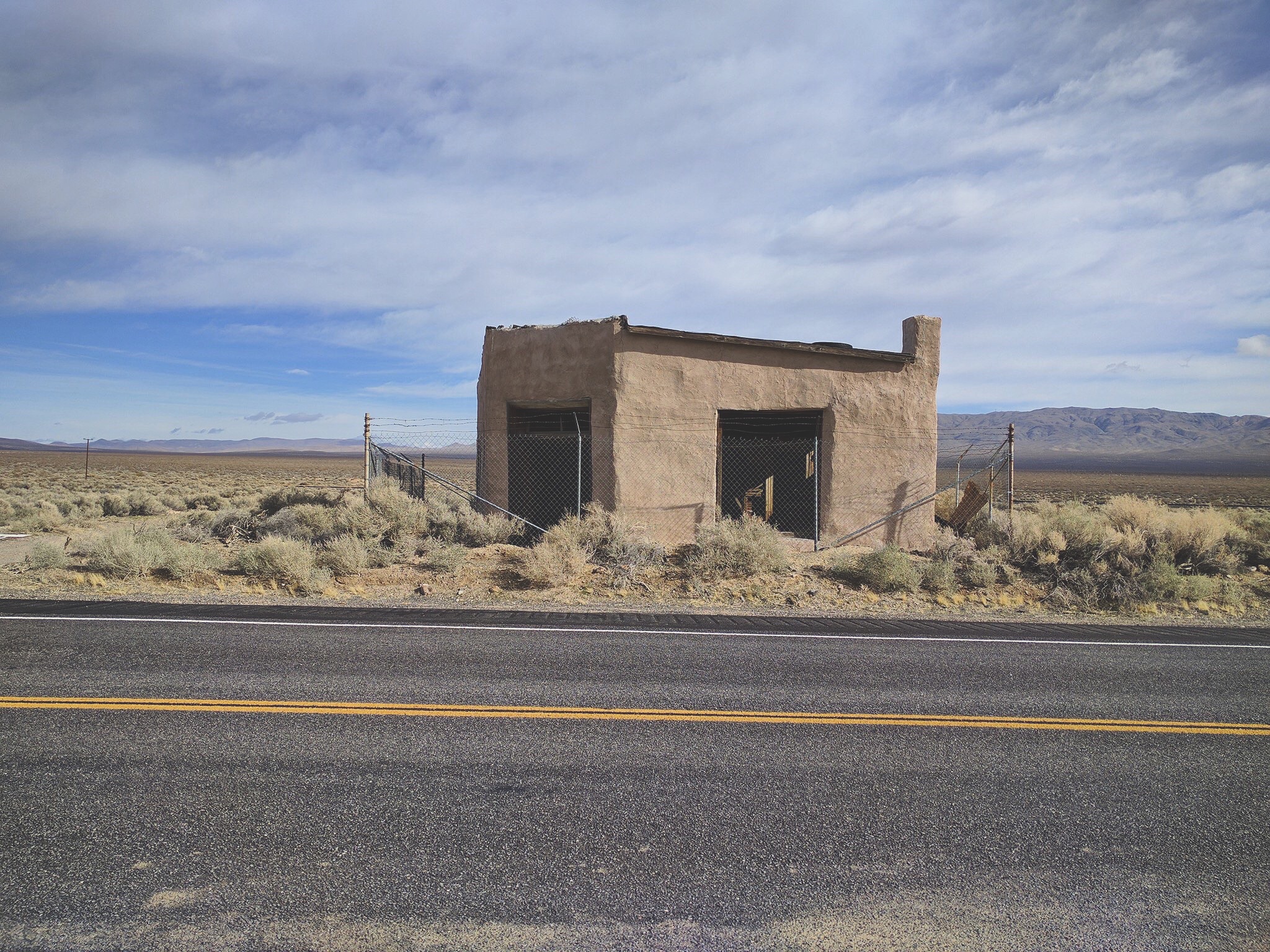
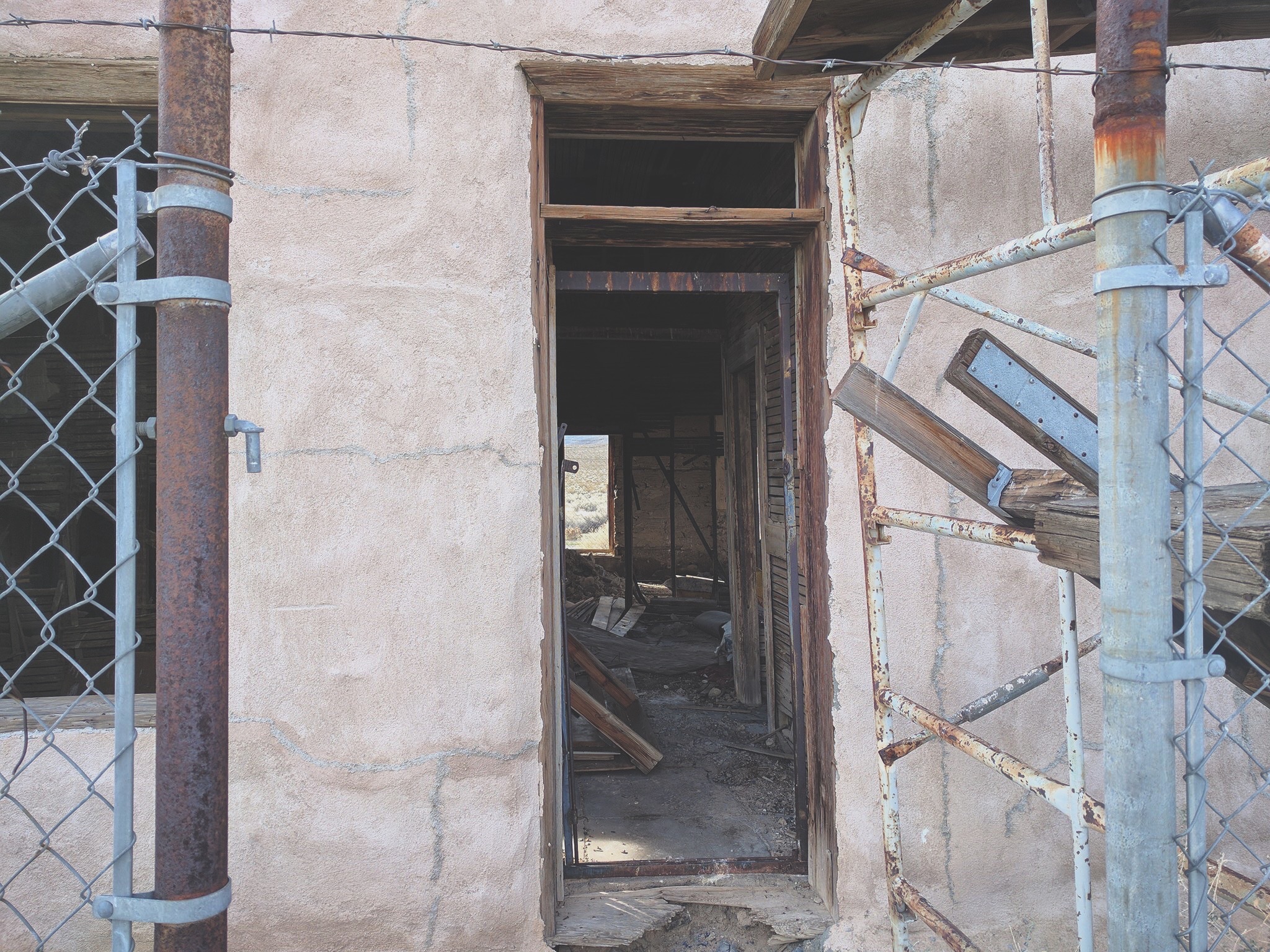
Garlock’s school building (it also served as the church and meeting place for the Garlock Literary Society).
This town’s life was short, by 1903 all residents left. What makes Garlic special - the reason this town died. Unlike other mining towns where life stopped because of the mines run out of gold or silver Garlock suffered from water shortage and finally all the sources of the fresh water dried out. So people had to move.
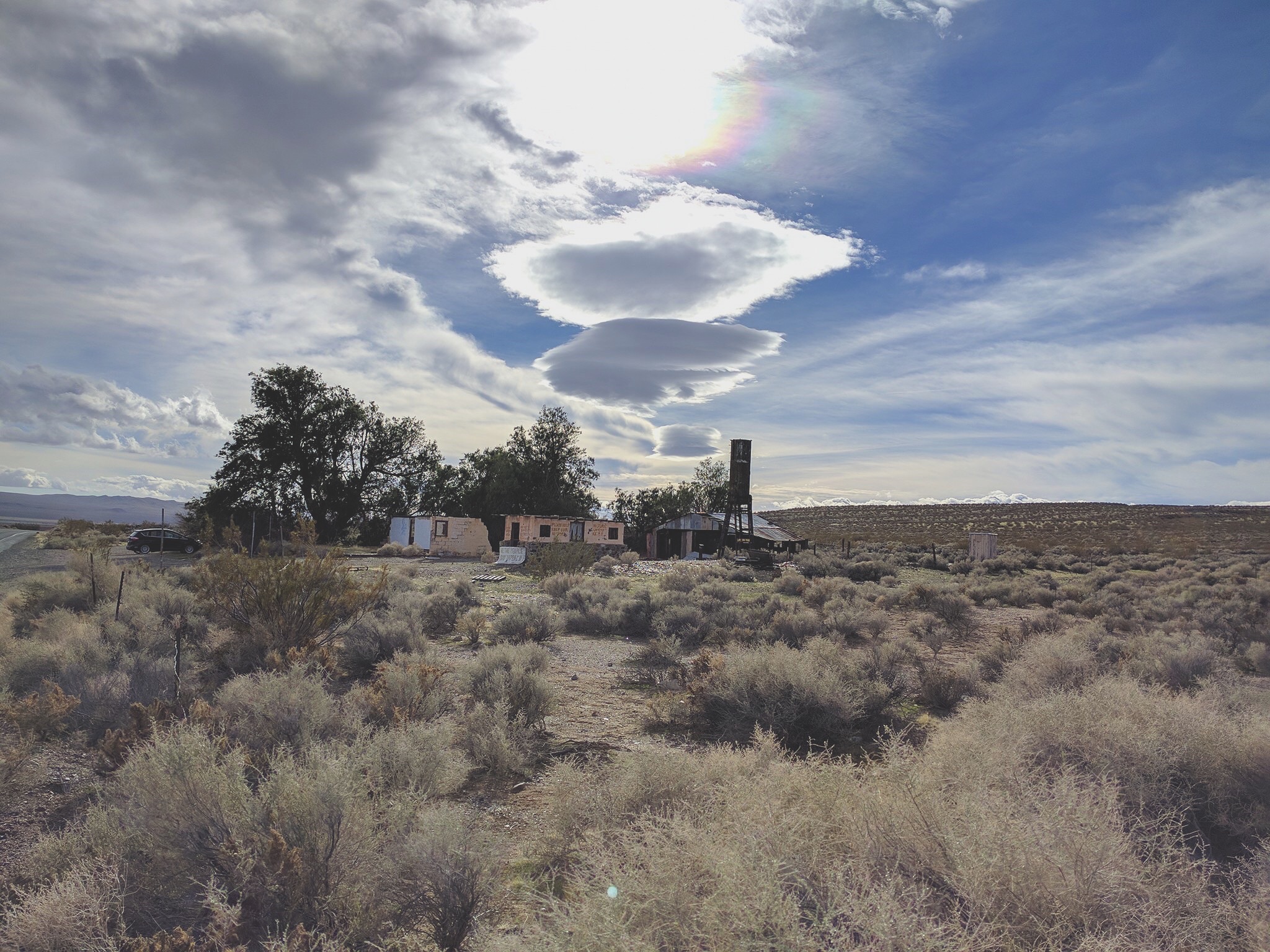
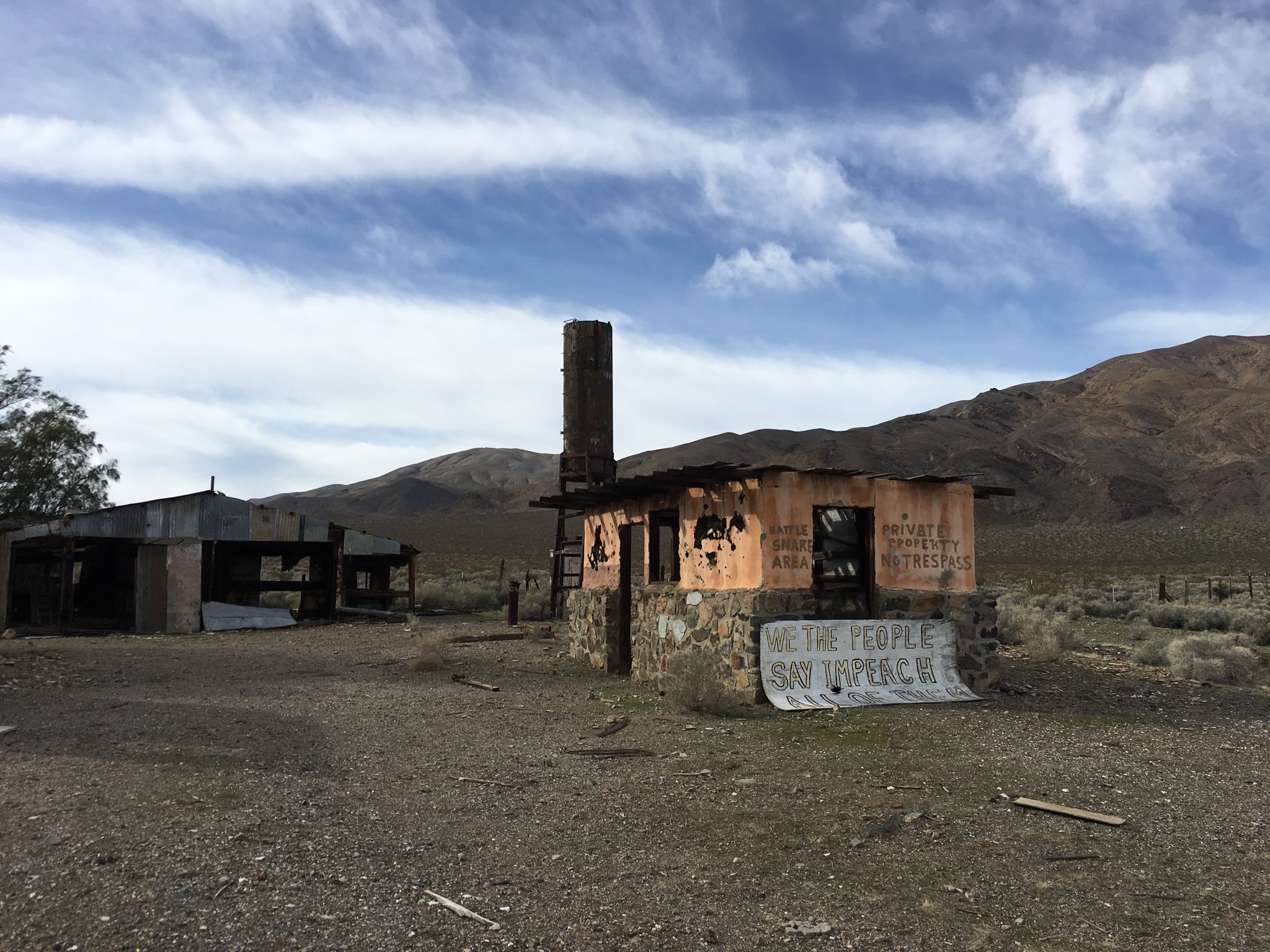
Ore crushing site
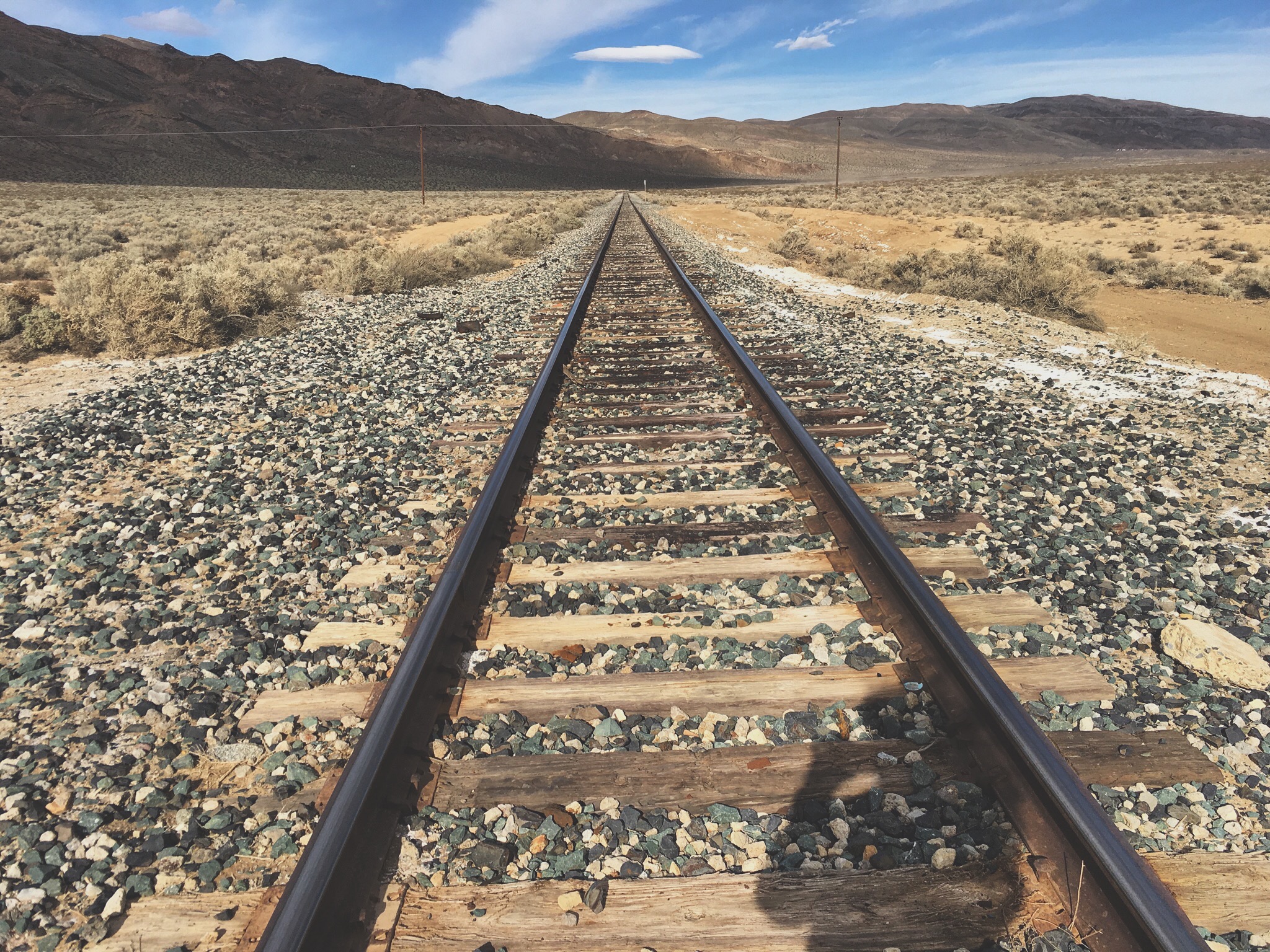
Railroad station and old rail tracks
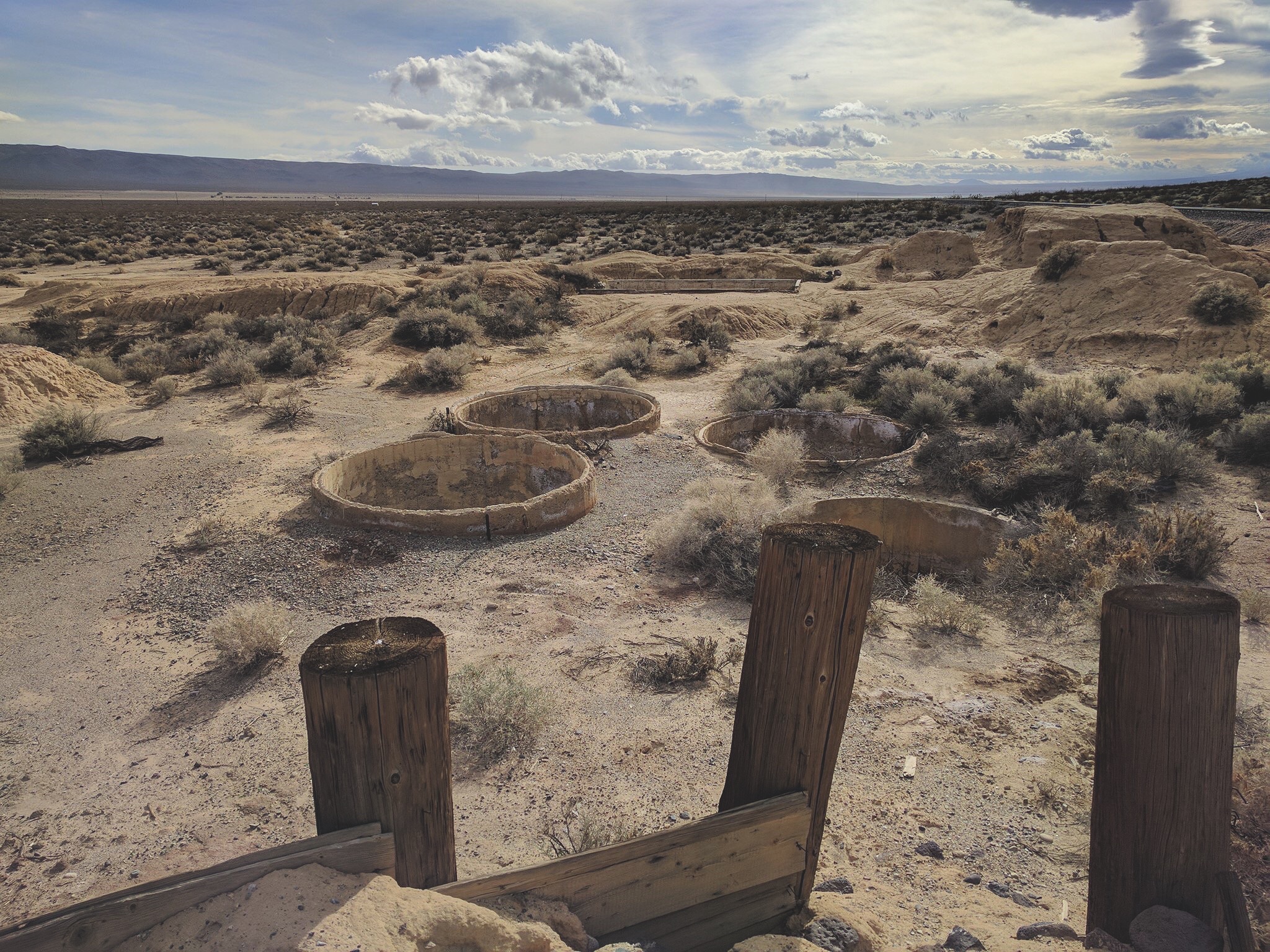
Looks like there was a railroad station and some storage facilities
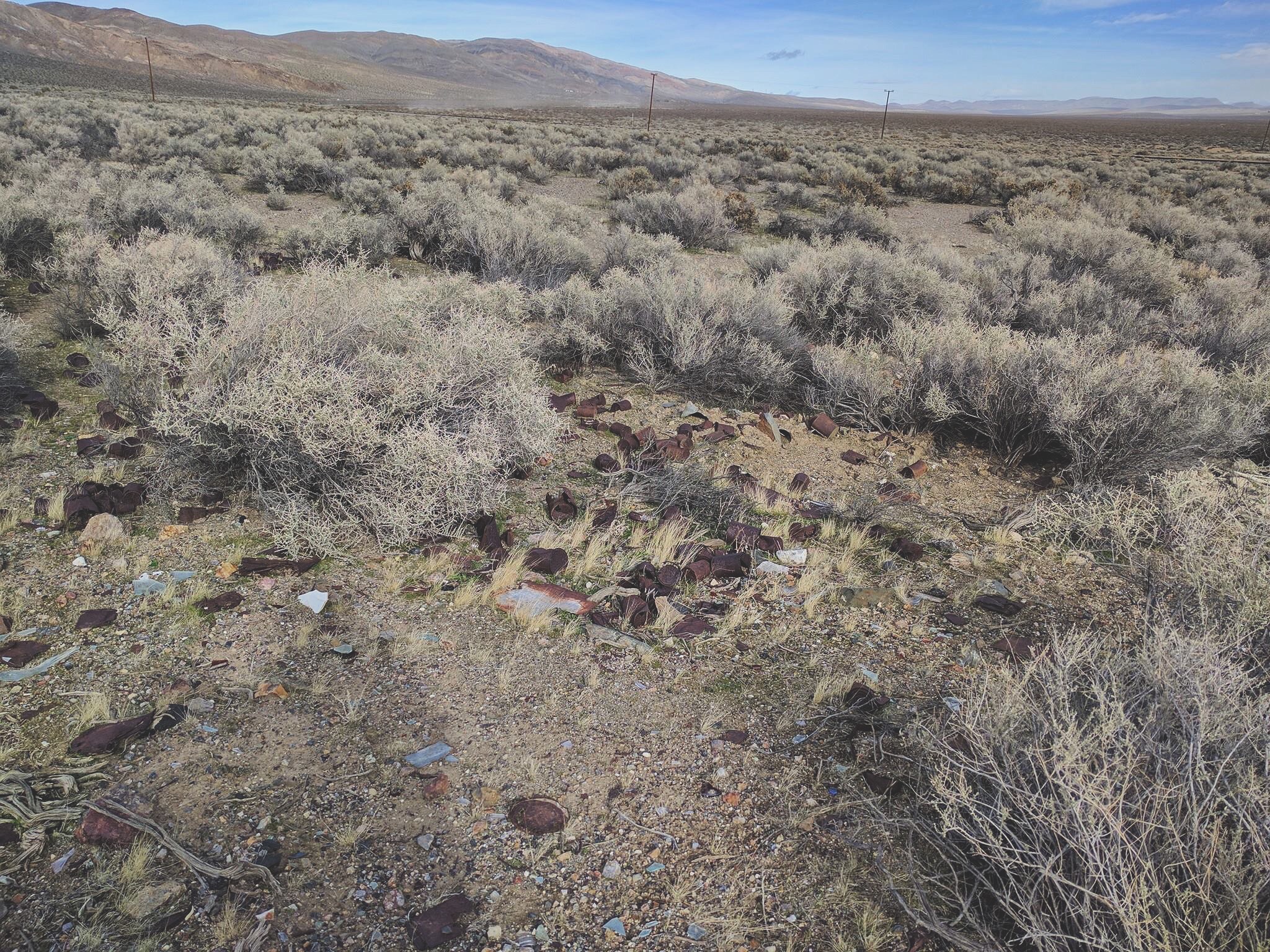
People in the old days were not very concerned about garbage. A lot of old rusty cans near the railroad
There are a lot of signs that this is the private property, so we preferred to look from the road and not wonder between the houses. Half a mile down the road there is a farm house which is clearly inhabited and surrounded by the high fence. My assumption was that the same person owns the town land.
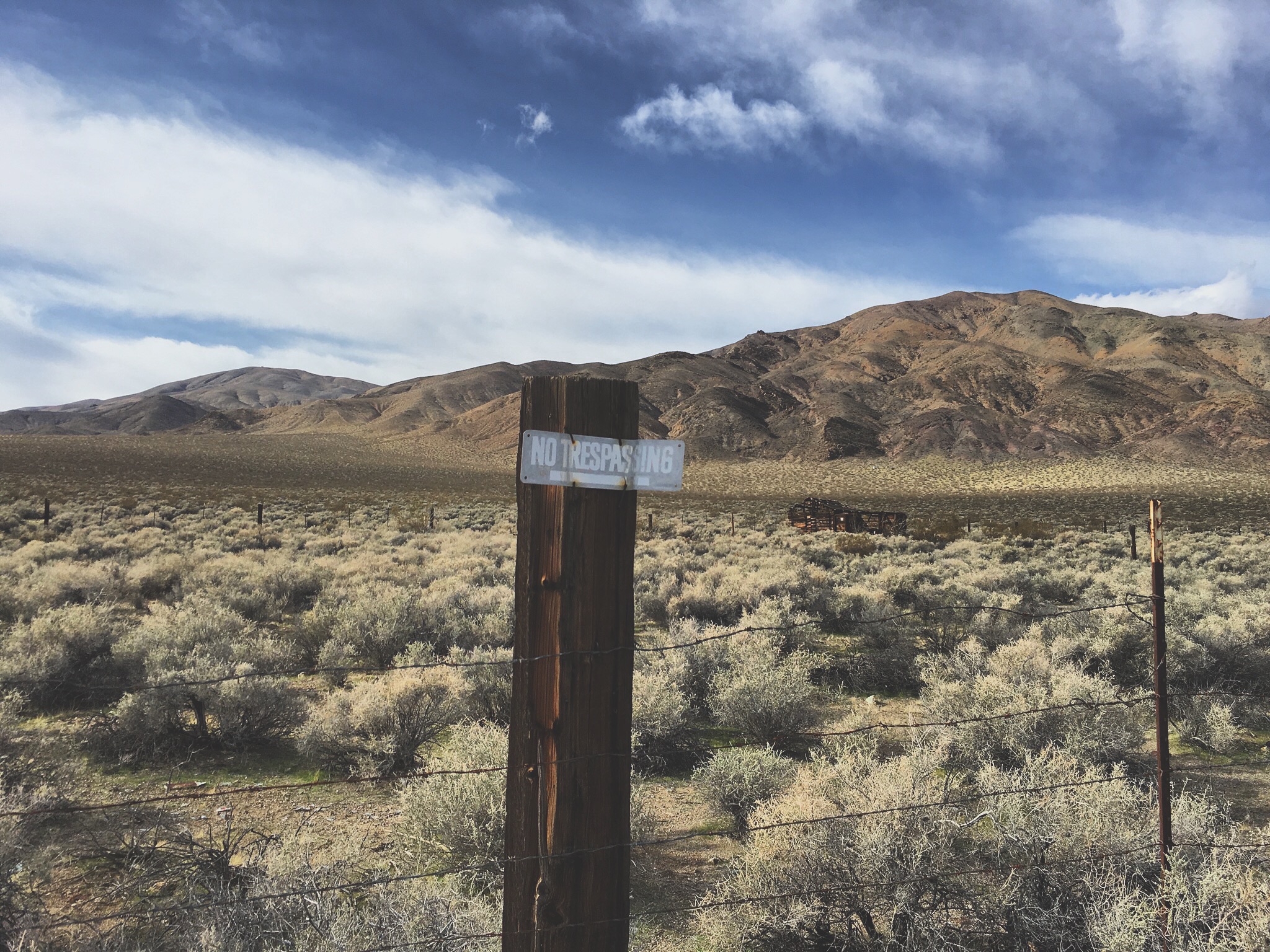
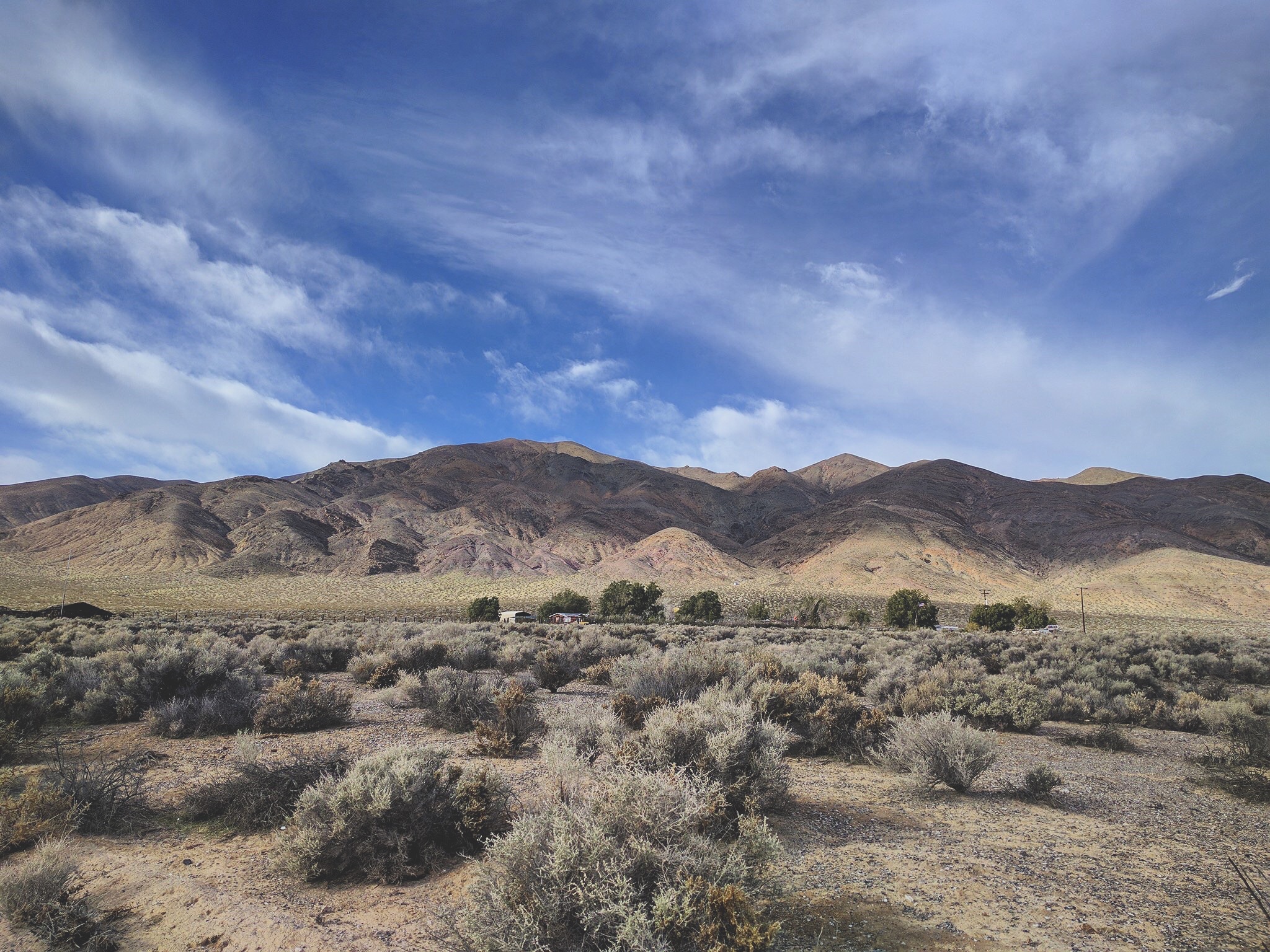
Inhabited houses (farm?) near Garlock
Garlock history
The town of Garlock had several names throughout its history. It had been named El Paso and Cow Wells back in 1889s. The Californian began calling the town Eugeneville in 1896 , and Los Angeles Daily Times article call the town Garlock in 1898. Both Eugeneville and Garlock are named after the Tehachapi businessman Eugene Garlock who put an eight-stamp mill at the location in 1895.(1)
Eugene Garlock was a prosperous farmer from Tehachapi. The place in the desert where he erected his stamp mill actually went through several name changes — including Eugeneville, an adaptation of his first name — before his surname won out. The (Bakersfield) Californian of Feb. 16, 1896, described Mr. Garlock’s operation but was, in hindsight, a tad bit optimistic of its future:
“The new eight stamp mill of Eugene T. Garlock, at Eugeneville, near Goler, under the supervisor of Mr. Lovejoy, the contractor, is rapidly being built. The building proper is 50 x 75, with other additions adjoining. The concentrator and sulphuret rooms are completed and ready to receive their machinery. The large battery blocks are all framed and will be placed in the battery pit in a day or two. The ore bins are about completed and will hold 600 tons. The stamps weigh 900 pounds each, which is a sufficient weight to do good work, in crushing the rock of that district. Mr. Garlock informed your correspondent that he expected to have the mill completed by the first of March. There is not the slightest doubt but what twenty-five more stamps will be added next year, as the Randsburg company alone have enough ore in sight to keep a 100 stamp mill running steadily for the next fifty years. This is a fact. With the completion of the mill, Eugeneville will become one of the best mining camps in the State.”
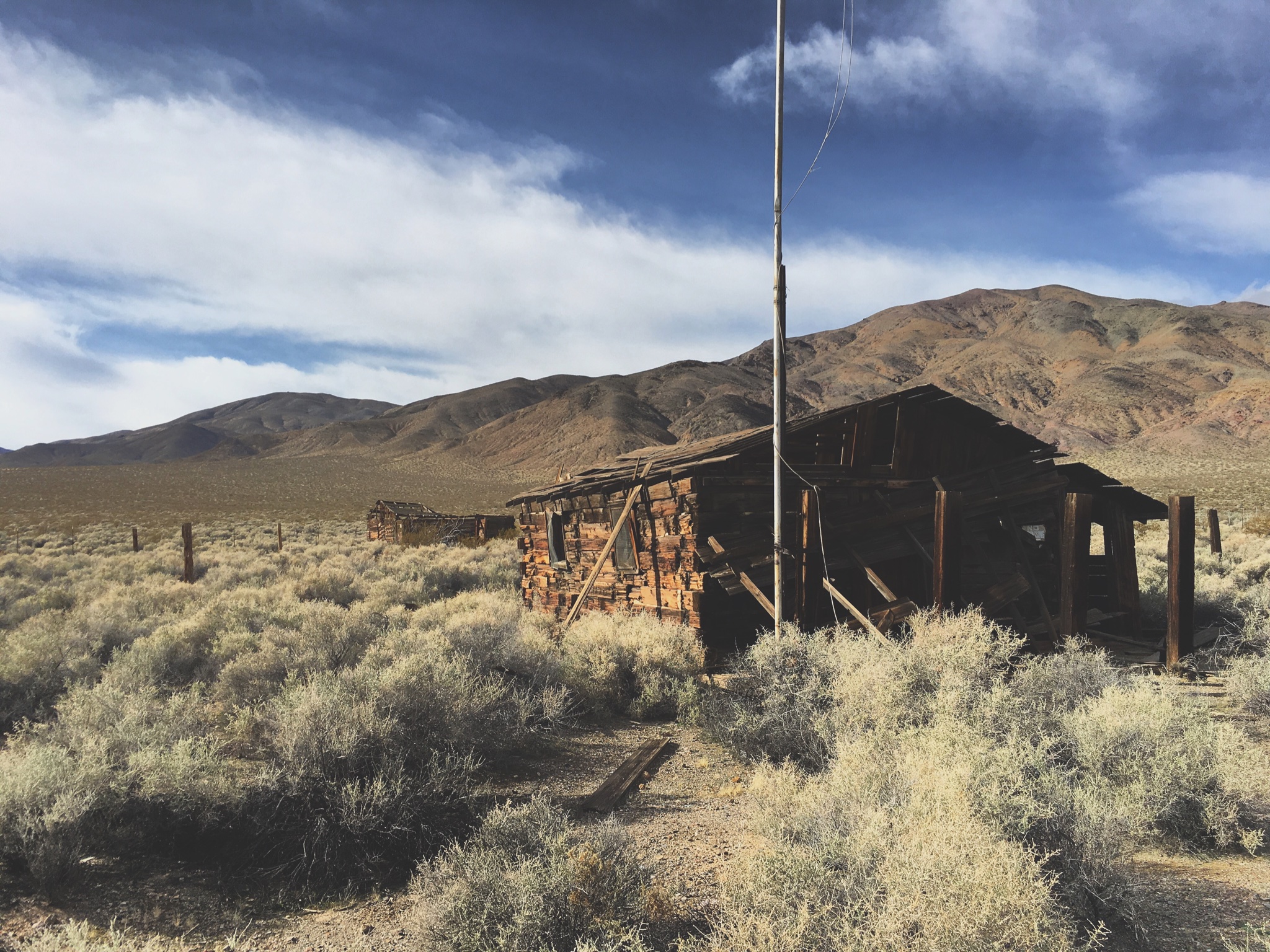
Garlock post office building
Several hundred people are said to have resided in Garlock during its short-lived heyday. By 1903, after a stamp mill was erected at Randsburg, rendering Mr. Garlock’s mill all but obsolete, most of them had left. Small amounts of ore continued to be processed at Garlock until 1907, when Eugene Garlock died.(2)